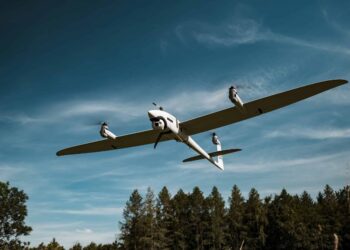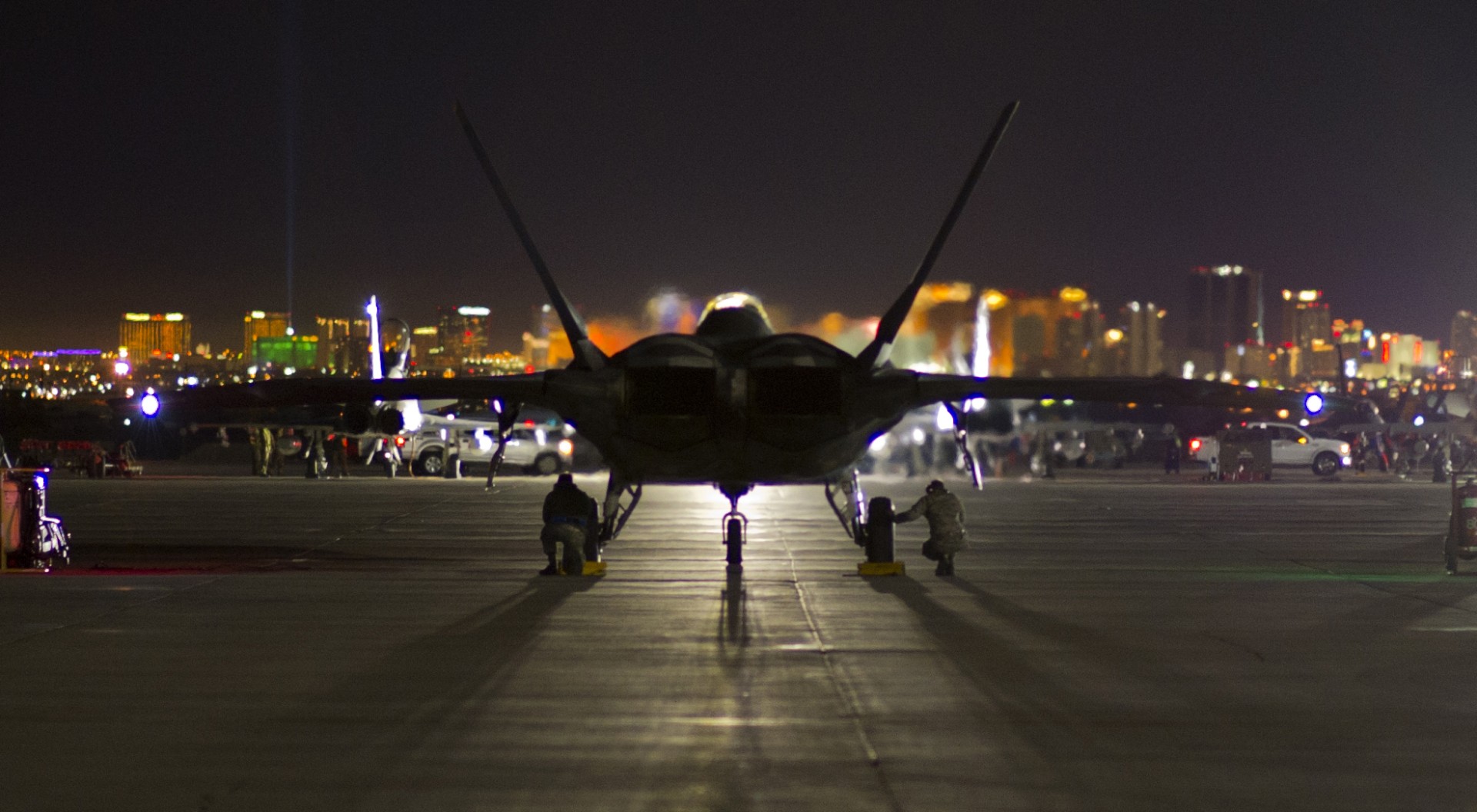,
Kleve, Germany: Decision superiority attained with the help of unmanned aircraft will play a key role in future air, space and cyberspace missions for the Air Force and NATO, the commander of U.S. Air Forces in Europe said here Oct. 18. Acting in his role as director of the multinational Joint Air Power Competence Center, Air Force Gen. William T. Hobbins spoke at the annual JAPCC Air Power Conference.
Hobbins, whose other hats include commander of the Allied Air Component Command at Ramstein Air Base, Germany, and commander of the U.S. European Command air component, addressed an audience of more than 200 academic, industry and military professionals.
Beginning with a discussion of the history of unmanned aircraft systems, or UASs, the general highlighted the circumstances that led to their further development. The decrease in electronics cost, along with increases in computing capability and miniaturization combined with improved communications and sensor capabilities, the general explained, leading to greater availability.
“The global picture on unmanned systems changed dramatically,” he said. “The information age had now found its way to military UASs. It was perfect timing, too. … We needed situational awareness at the tactical, operational and strategic levels of war. We needed a powerful force multiplier. The unmanned aircraft provided the means to exploit the new, nonlinear battle space.”
The results, said the general, can be seen in the numbers. More than 40 countries are operating more than 80 types of unmanned aerial vehicles. The U.S. has at least 18 types and is operating 3,000 unmanned aircraft.
“Growth is not limited to the United States,” he said. “The growth of UAS is occurring around the world. From the year 2000 to 2010, unmanned aircraft are expected to grow from 4 percent of total funding for all aircraft to 31 percent.”
The reason for the extent of growth, said Hobbins, is that people are discovering that unmanned systems can accomplish a multitude of missions. The list of missions has expanded from the traditional reconnaissance, surveillance and target acquisition missions to 36 nontraditional applications, including digital mapping and day and night strike.
“Certainly in the future of unmanned aircraft systems, there are more missions out there; we just haven't figured them out yet,” he said.
Current figures from the JAPCC indicate that 17 NATO nations have more than 25 operational models of aircraft, with more than 3,600 operational unmanned aircraft in NATO.
“With all these aircraft flying around, … the issues are air space management, command and control, integration and interoperability and force development,” the general said.
A key part of addressing NATO UAS issues is integration, he said. Integrating airspace — rather than segregating, coordinating or synchronizing — avoids inefficiencies to forces. Integrating command and control allows commanders to assimilate, task, prioritize, analyze, fuse and interpret UAV products in real time. Proper integration improves interoperability efforts.
“Integration must go beyond airspace,” Hobbins said. “It's got to go to the core of operations. The information from (UASs) could, and I contend, should populate the global information grid, to the maximum extent possible. Systems of systems can provide the appropriate information at the right time to those who need it. This would correspond to improve situational awareness at all levels of warfare. … It's about decision superiority.”
Hobbins also addressed the future of UASs in NATO. NATO is acquiring the first integrated manned-unmanned aircraft system — the Alliance Ground Surveillance system — which he said will have radar that detects moving ground targets. The AGS is expected to have an initial orbit capability in 2012.
“NATO is heading straight into the unmanned realm, and is leading the way with this first-ever type of system. As NATO transforms itself so that it can meet the needs of tomorrow, what NATO needs is to handle unmanned aircraft just as if they were manned,” he said.
The general described his vision for future UAS capabilities.
“We need for unmanned aircraft to act like manned aircraft,” he said. “We need unmanned aircraft to be tasked like manned aircraft. We need unmanned aircraft to fly in strike packages with manned aircraft. We need to refuel them in the air.
“We should be capable of flying both manned and unmanned platforms together, to include multiple unmanned airframes controlled by one operator,” the general continued. “And we need commanders to have the confidence that unmanned or manned, it doesn't make a difference, as they are equally effective,” he said.
In an attempt to consolidate and synthesize the many ideas, the JAPCC is developing a UAS flight plan. The flight plan will review UASs in NATO, identify gaps in requirements, gaps in capabilities, and suggest possible solutions and organizations best suited to solve the problems.
“NATO has the ability to set standards. We set standards for training, for image sharing, and for data streams. If NATO sets solid standards for UAS, if we do this right, then not only will NATO nations follow the standards, but we can expect non-NATO nations to do the same,” Hobbins said.
“Setting standards — this is a powerful tool.”









